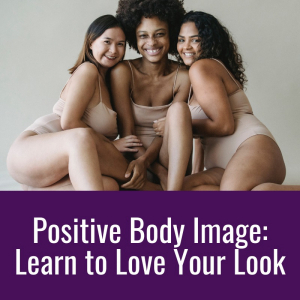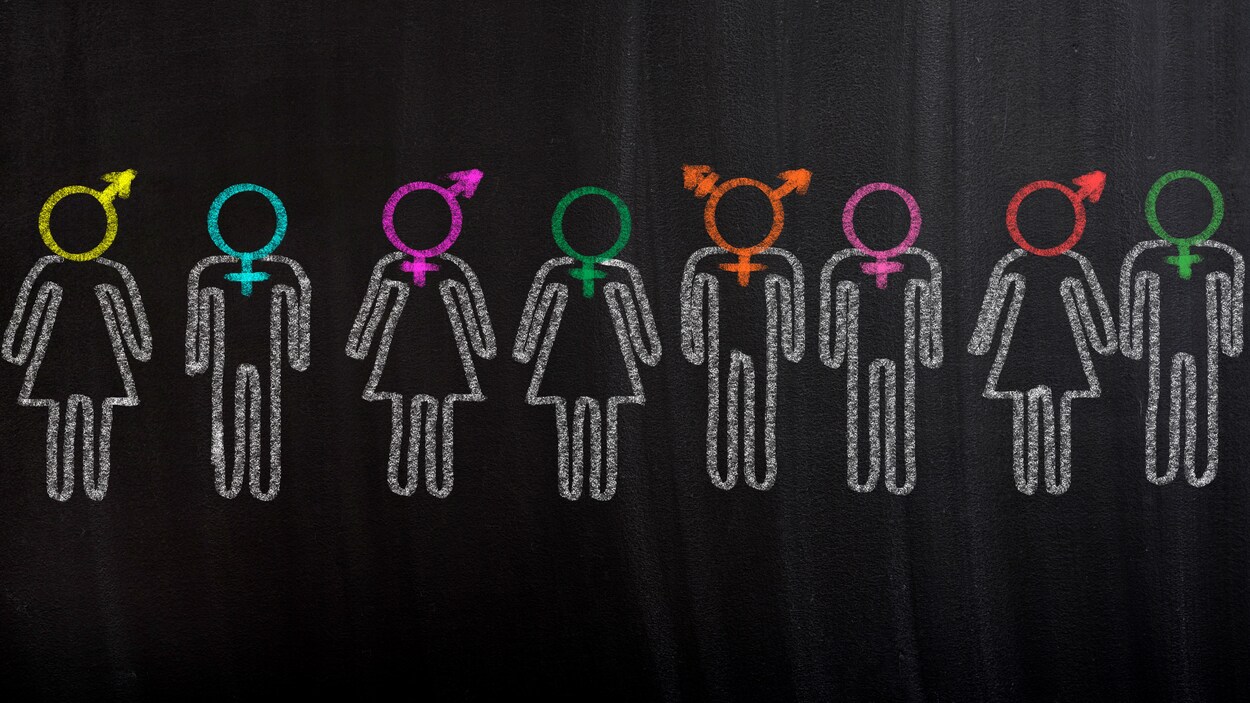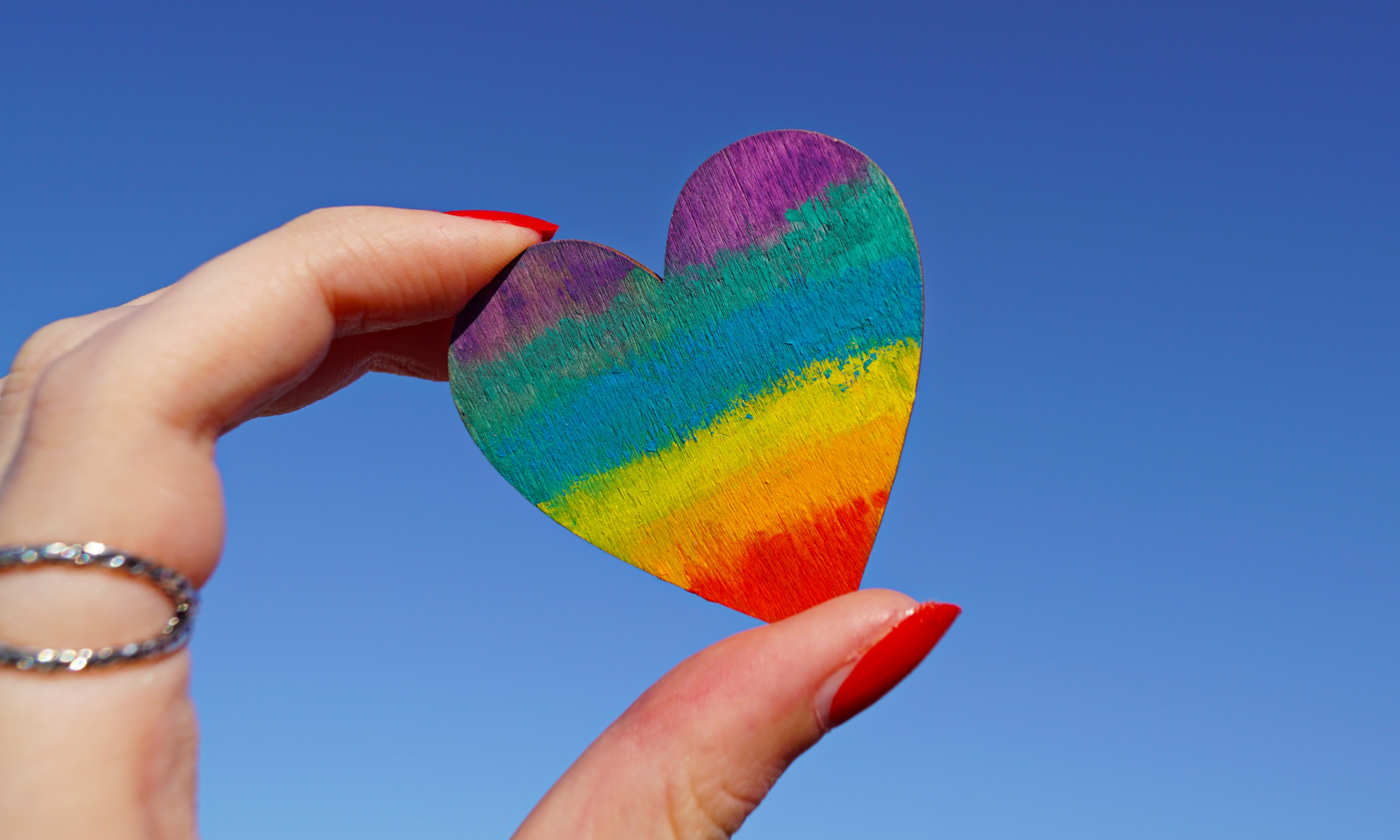Lesbian Couples Therapy
Lesbian Couples Therapy: How It Can Strengthen Your Relationship
If you’re looking for tips on how to choose the best lesbian couples therapy for you and your significant other, we’ll share with you everything you need to keep in mind. From choosing a therapist to preparing for your first session, this blog will help you succeed.
Reasons to Seek Lesbian Couples Therapy
If you and your partner are seeking a therapist to help you strengthen your relationship, you might consider going to a conventional therapist. However, keep in mind that a therapist without previous work with lesbian couples might be insufficient for you. This is because they could be unaware of the unique challenges a lesbian couple could face, whether it’s among partners, in the family, or in society.
Find a therapist who treats clients like you; check their reviews! The therapist’s knowledge and skills on what your contextual world is will help you and your partner with not explaining and teaching the therapist beyond heterosocial norms.
Here are the most common reasons why a lesbian couple would seek therapy:
- Communication and conflict resolution
- Intimacy and emotional connection
- Identity and societal pressures
- Life transitions and external stressors
- Lesbian-specific relationship dynamics
How to Prepare for Lesbian Couples Therapy
Even if you still need time to search for the best therapist or decide whether that’s the best solution, there are certain things you can do as a couple to work on issues within your relationship.
Talk About Each Other’s Feelings
It is alright if you or your partner is experiencing grief, hurt, frustration, or any other emotion. Recognizing these emotions allows you both to provide each other with what you need. Oftentimes, conflicts arise when we assume how the other partner is feeling and act or say in a the wrong way.
When and where you both feel comfortable, share your feelings and needs. Don’t interrupt each other when speaking. If any of you find it difficult, assign a certain amount of time for each of you to speak. Asking her questions will help you understand her better if you’re unsure.
Respect Her Perspective
Oftentimes, we’ll focus only on the facts and search for the truth. Instead of doing that, remember that each person has a unique perspective on a certain event. Without arguing over who is right, you can get to know each other better.
Even if your perspective is different, allow your partner to share hers. Learning how you both perceive and experience situations can help you build a stronger relationship.
Learn Each Other’s Love Language
In all relationships, many conflicts arise because we are unable to give each other what we need. This might happen because of misunderstandings, external factors or simply because you’re not aware of each other’s love language.
Love languages refer to our preferred way to give and receive love. This can be through words of affirmation, quality time, physical touch, acts of service, and receiving gifts.
Don’t Forget About Physical Intimacy
You need to work on all aspects of your relationship, not just communication. Working on physical intimacy is essential. The term can mean different things to different people. For instance, your partner might need more hugs or cuddles before sleep, while you will want more sexual activity during the week to keep things spicy.
Spend Time with Mutual Friends
Spending time with friends can help you feel more accepted, loved, and protected. Beyond that, it reminds you both who is in your community and who matters. This can be quite beneficial if you don’t feel understood by your family or coworkers.
Time spent with friends can also meet some of the needs that your partner can’t. For instance, you might be working a lot, and you don’t have time for a wild night out. If you decide to go out with friends, you can go to bed early, and your partner can have a great time dancing and talking to people you both love.
How to Choose the Right Lesbian Couples Therapist
Before you just schedule an appointment with the first therapist you find online, make sure you check a few things first. If you’ve found a therapist online, you can find their experience and areas of expertise there as well.
If you can’t find that information online or you’re seeing a therapist in person, you can ask them to send it to you before you schedule the first session. Once you and your partner have decided on one option, make sure you also keep alternative options if the first person doesn’t seem like a right fit after the session.
It would be helpful to hear from past clients about what makes this therapist good, so read their reviews on Google. After all, even if a person is a lesbian couple therapist, they might not feel like the right fit due to their approach, personality, or something else.
If you have any questions or concerns, it’s best to address them before or during your first session. Any technical details like price, insurance coverage, methods, and approaches should be discussed during your first interaction.
If, for whatever reason, you and your partner decide to look for another therapist, you’d better do it sooner rather than later. These steps will save you time and energy, and you won’t have to repeat the same information to another professional.
Final Words
Therapy can help you strengthen the positive parts of your relationship and work on the parts that typically end in discussion. Being in a relationship is not easy, and it requires significant effort. Addressing unique challenges that lesbian couples face can help you heal from them and reconnect with your romantic partner.
Lesbian couples therapy can help you walk down that healing path together and lean on each other when times are tough. As time passes, you will both see how your relationship is developing and be encouraged to celebrate that!
About Life Coaching and Therapy
Life Coaching and Therapy (LCAT) is a therapy and coaching practice that transforms our clients lives through our flexibility multi-technique approach and pleasure-skills training provided by systematically-trained and licensed therapists!
 Get to know our founder and owner, Amanda Pasciucco, (a.k.a. The Sex Healer) PhD, Licensed Marriage and Family Therapist (LMFT), and an AASECT Certified Sex Therapist (CST) that has developed innovative therapy programs and therapy videos that get results.
Get to know our founder and owner, Amanda Pasciucco, (a.k.a. The Sex Healer) PhD, Licensed Marriage and Family Therapist (LMFT), and an AASECT Certified Sex Therapist (CST) that has developed innovative therapy programs and therapy videos that get results.
Our team of compassionate, licensed therapists and certified sex therapists help all clients who visit us for a variety of personal, relationship, intimacy and sex problems.
LCAT provides on-site appointments, as well as video chat and text therapy programs.
Learn more about how LCAT can help improve your life at What We Do.































